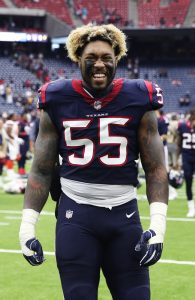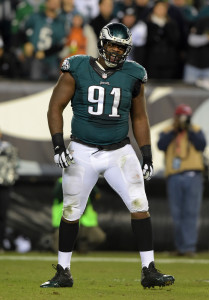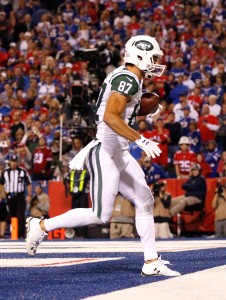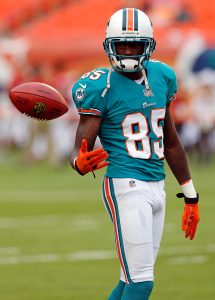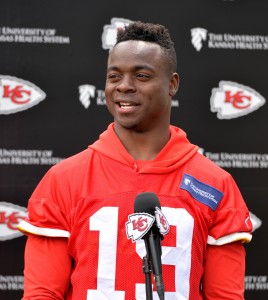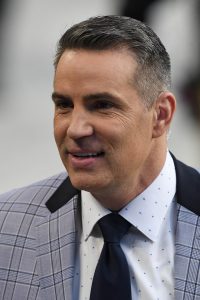If the current Chiefs run doubles as the most successful point in franchise history, the AFL stretch in the 1960s ranks second. But Kansas City carved out another championship window in the 1990s. The Chiefs booked seven playoff berths in the decade, and they made a big move to strengthen their Super Bowl hopes on this day 24 years ago.
On June 18, 1997, the Chiefs struck a deal with Andre Rison, a former perennial Pro Bowler who had bounced around the league in the mid-’90s. The accomplished wide receiver signed a two-year, $1.8MM contract, at a time when the salary cap was just $41.5MM. For one season, the Chiefs’ partnership with Rison proved crucial.
Once part of a trade that sent the No. 1 overall pick — Jeff George — to the Colts in 1990, Rison established himself as an elite wideout in Atlanta. In five Falcons seasons, the 1989 first-rounder made four Pro Bowls and totaled 56 touchdown catches. Amassed from 1990-94, those 56 TD grabs eclipsed all non-Jerry Rice NFLers by at least four in that span. However, free agency did not lead to a long-term stay elsewhere initially.
The Browns, Jaguars and Packers all cut Rison from 1996-97. Green Bay added the veteran as a midseason replacement for the injured Robert Brooks in 1996, and Rison caught two playoff TD passes from Brett Favre — the second of which a 54-yarder in Green Bay’s Super Bowl XXXI win. The Packers released Rison in March 1997, leading him to Missouri.
The Chiefs remade their passing attack that year, signing Elvis Grbac. While Brett Perriman, late-bloomer Joe Horn and then-rookie Tony Gonzalez were among Grbac’s aerial options that season, the Chiefs relied on a 30-year-old Rison in ’97. Only one Chiefs pass catcher topped 500 yards in 1997; Rison reached 1,092 on 72 receptions. Seven of those grabs went for touchdowns during a season that featured Grbac and future MVP Rich Gannon throwing Rison passes.
While the Chiefs lost in the divisional round, after going 13-3 and earning the AFC’s top seed, their Rison bet made a difference in the team’s second 13-3 season in three years. Despite the defense-powered Chiefs losing 14-10 to the eventual champion Broncos in their playoff opener, Rison’s 110 receiving yards led all players that day. The Michigan State alum made his fifth and final Pro Bowl in his first Chiefs season.
Rison scored a six-year, $15.5MM Chiefs extension in June 1998 but played only two years on that deal. A hamstring injury hampered him in 1998, and he was not productive in 15 games the following year. The Chiefs released Rison during the 2000 preseason. Rison concluded his career as a Raiders role player that year, hauling in six TD passes from Gannon on an Oakland team that advanced to the AFC championship game. Rison finished in the top seven in receptions, yards and touchdowns among pass catchers in the 1990s.
